Apple on Tuesday was granted a patent describing a dual-purpose keyboard that sports touch sensors overlaid atop mechanical keys depressible to two more levels, affording users both multitouch gesture control and conventional keystroke entry without having to remove their hands from the device.
As published by the U.S. Patent and Trademark Office, Apple's U.S. Patent No. 9,041,652 for a "Fusion keyboard" details a device outfitted with capacitive touch sensors and depressible mechanical keys featuring multi-stage switches.
With touch sensitive key surfaces, the proposed keyboard can detect finger gestures like taps and swipes in much the same way as a MacBook's touchpad. Applying these multitouch events to a computer's user interface yields cursor input functionality normally assigned to a touchpad device. For example, users can point, click, scroll, drag, select, zoom, and more simply by moving their fingers over an array of touch sensitive keys.
Importantly, input from each of the user's hands is processed individually, meaning one hand can enter text data via key depression, while the other manages cursor control through touch events, or vice versa. Further, the system allows users to simultaneously type and move an onscreen cursor or perform touch gestures.
Unlike existing MacBook or standalone keyboard accessories, which employ one-position dome switch or membrane switch type mechanisms, the fusion keyboard's mechanical keys feature two-position switches that output signals at different depression depths.
In one embodiment, pressing a key down to a first level results in a conventional text output signal, but depressing the same key to a second level generates a different command signal, like a mouse click. On the hardware side, the tactile key press experience is accomplished via a double-dome switch or membrane setup with two or more detents.
The document describes a variety of time-based processing techniques meant to discern intended touch input from physical key depressions. As an example, a touch input may be logged if the system detects a touch event at key "F" without receiving a corresponding keystroke within a predetermined time. If the processor logs a touch event and a key depression, it recognizes the input as a keystroke and outputs text accordingly. Apple goes on to describe other key input determination methods in more detail.
As with any Apple patent, it's unclear whether the fusion keyboard concept will make its way into a shipping product. With ever-shrinking MacBook designs like the 12-inch MacBook with Retina display, however, the company could do well to implement such a solution to cut down on chassis size. Alternatively, the invention would be useful in a form factors reminiscent of early netbook PCs.
Apple's fusion keyboard patent was first filed for in September 2011 and credits John Greer Elias and Steven J. Martisauskas as its inventors.
 Mikey Campbell
Mikey Campbell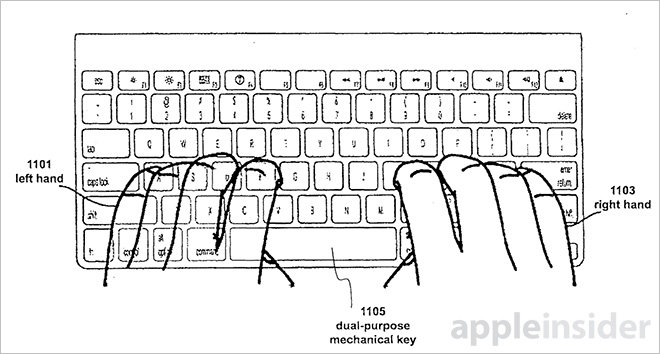
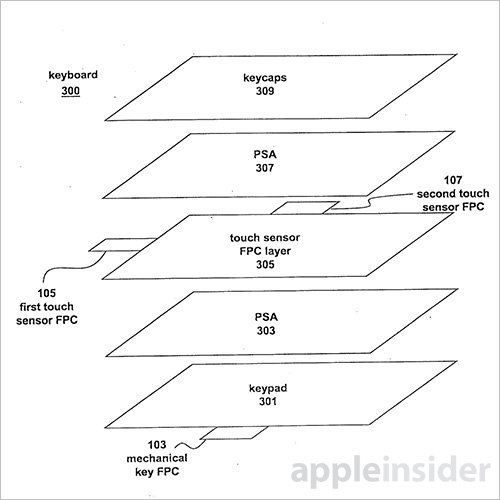








-m.jpg)





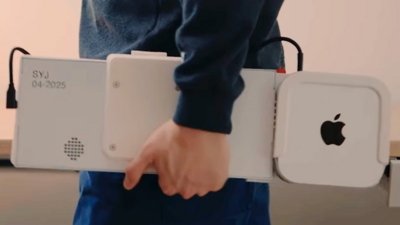
 William Gallagher
William Gallagher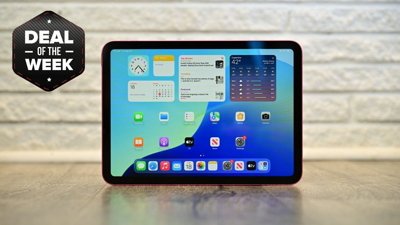
 Christine McKee
Christine McKee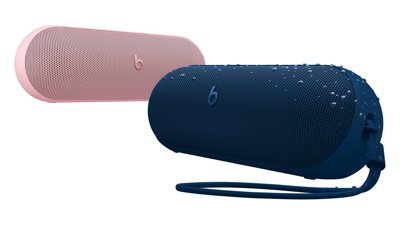
 Malcolm Owen
Malcolm Owen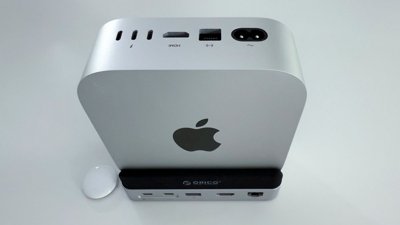
 Mike Wuerthele
Mike Wuerthele
 Andrew Orr
Andrew Orr
 Andrew O'Hara
Andrew O'Hara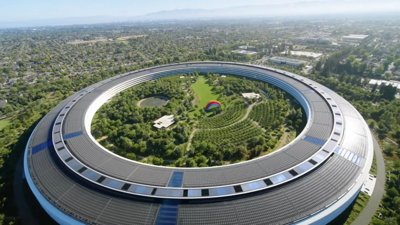






-m.jpg)



28 Comments
So basically it's the keyboard from the Blackberry Passport, cool, I'm in. https://youtu.be/Iasa3wNVsu0
[quote name="Relic" url="/t/186415/apples-multitouch-fusion-keyboard-invention-with-multitouch-keys-could-replace-touchpads#post_2727132"]So basically it's the keyboard from the Blackberry Passport, cool, I'm in. https://youtu.be/Iasa3wNVsu0[/quote] Hardly the same. This patent describes they discern the left hand from the right. Allowing for a new way of using a touch as input. And the physical keys can be pressed to two levels. I don;t see any of that in that YT video. Actually, the person didn't seem to think much of the unintuitive way it works. He want to swipe in more than one app, like scrolling through photos. That didn't work. Besides, I'd think Apple would investigate current patents before applying in order to avoid a lawsuit.
The first thing I thought of is that this would be a horrible device for creative input. Let's say you are typing away and pause for a thought, will that be turned into some sort of touch gesture? Maybe it will work but I have a lot of muscle memory built up around a track pad and keyboard, mixing the two seems odd.
[quote name="PhilBoogie" url="/t/186415/apples-multitouch-fusion-keyboard-invention-with-multitouch-keys-could-replace-touchpads#post_2727137"] Hardly the same. This patent describes they discern the left hand from the right. Allowing for a new way of using a touch as input. And the physical keys can be pressed to two levels. I don;t see any of that in that YT video. Actually, the person didn't seem to think much of the unintuitive way it works. He want to swipe in more than one app, like scrolling through photos. That didn't work. Besides, I'd think Apple would investigate current patents before applying in order to avoid a lawsuit.[/quote] Actually companies minimize their search efforts when it comes to patents.
[quote name="wizard69" url="/t/186415/apples-multitouch-fusion-keyboard-invention-with-multitouch-keys-could-replace-touchpads#post_2727142"] Actually companies minimize their search efforts when it comes to patents.[/quote] Really? Didn't know that. So, they just await the PO findings? i've seen quite a few articles that write about the poor job they are doing on 'prior art'. I sure hope companies can blame the PO for not doing their job when they're hit with a patent claim from a competitor.